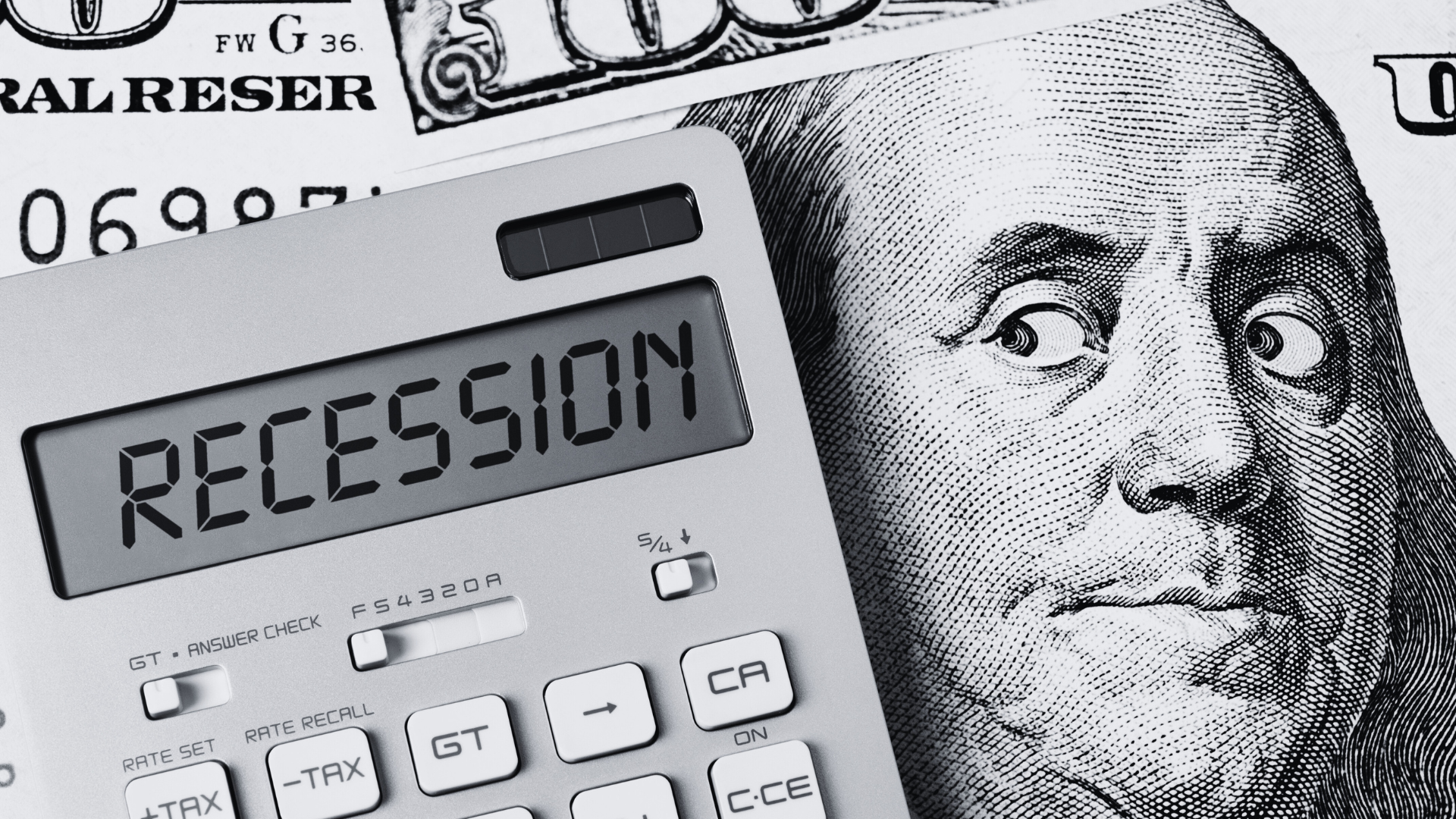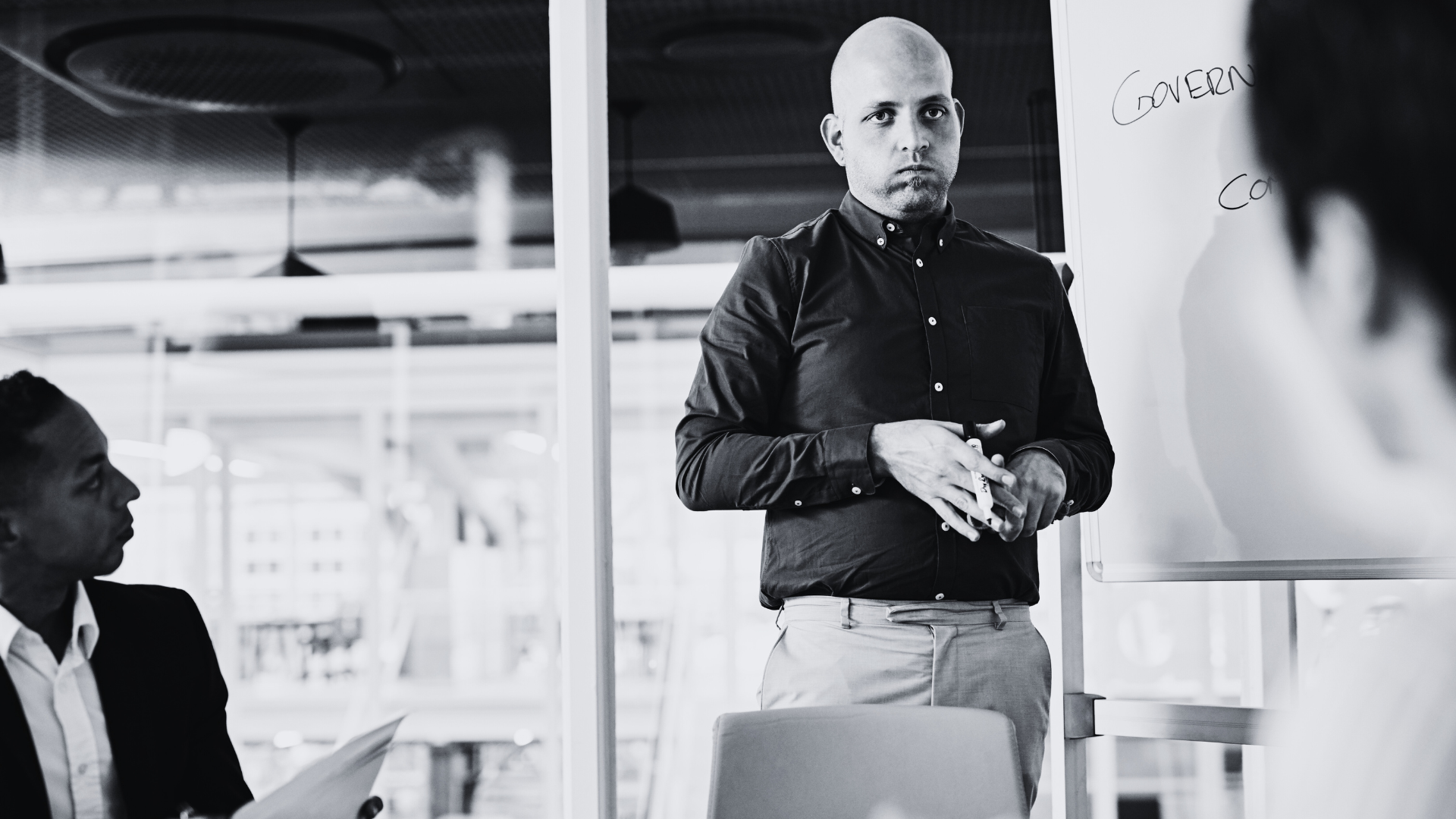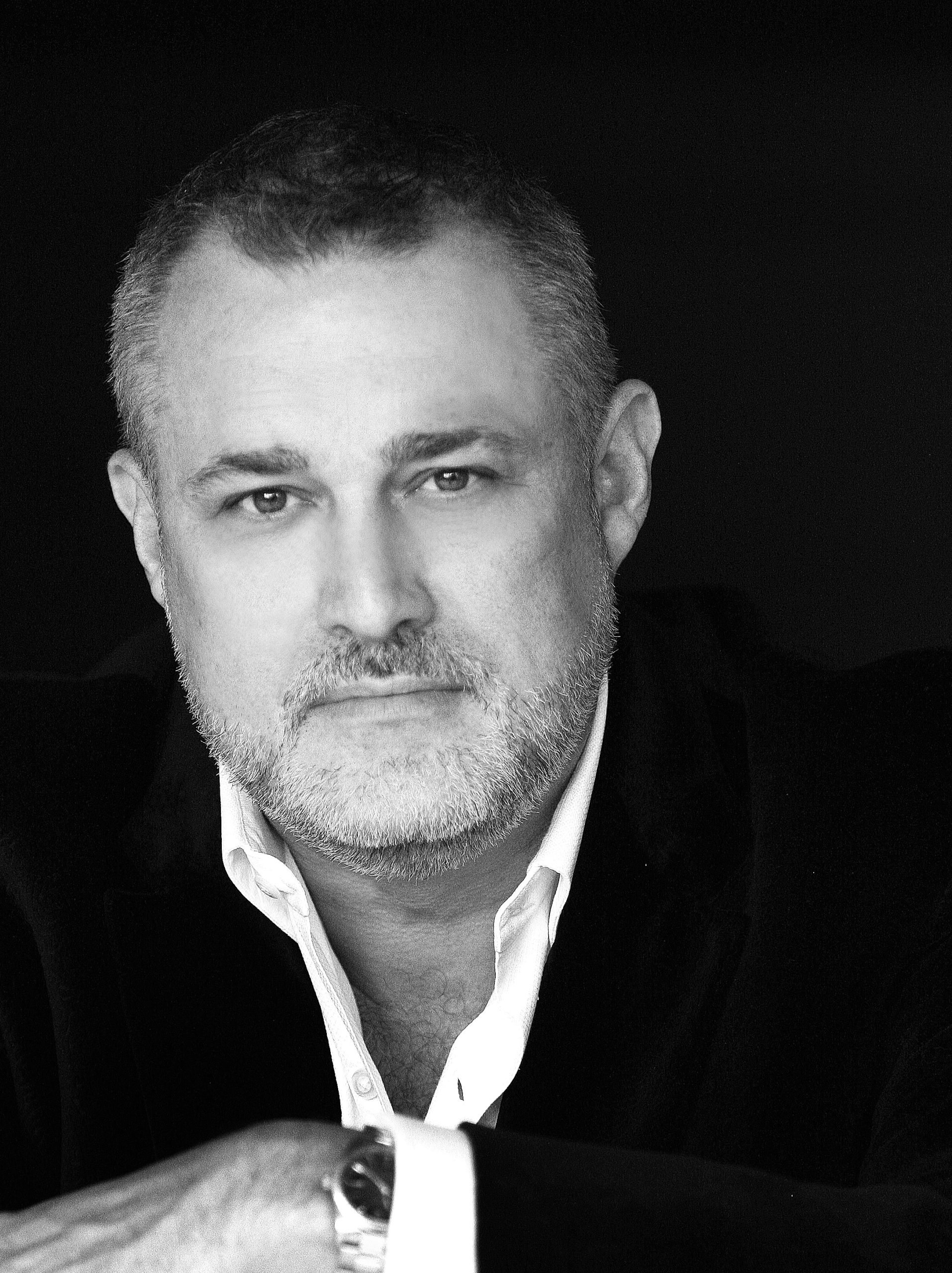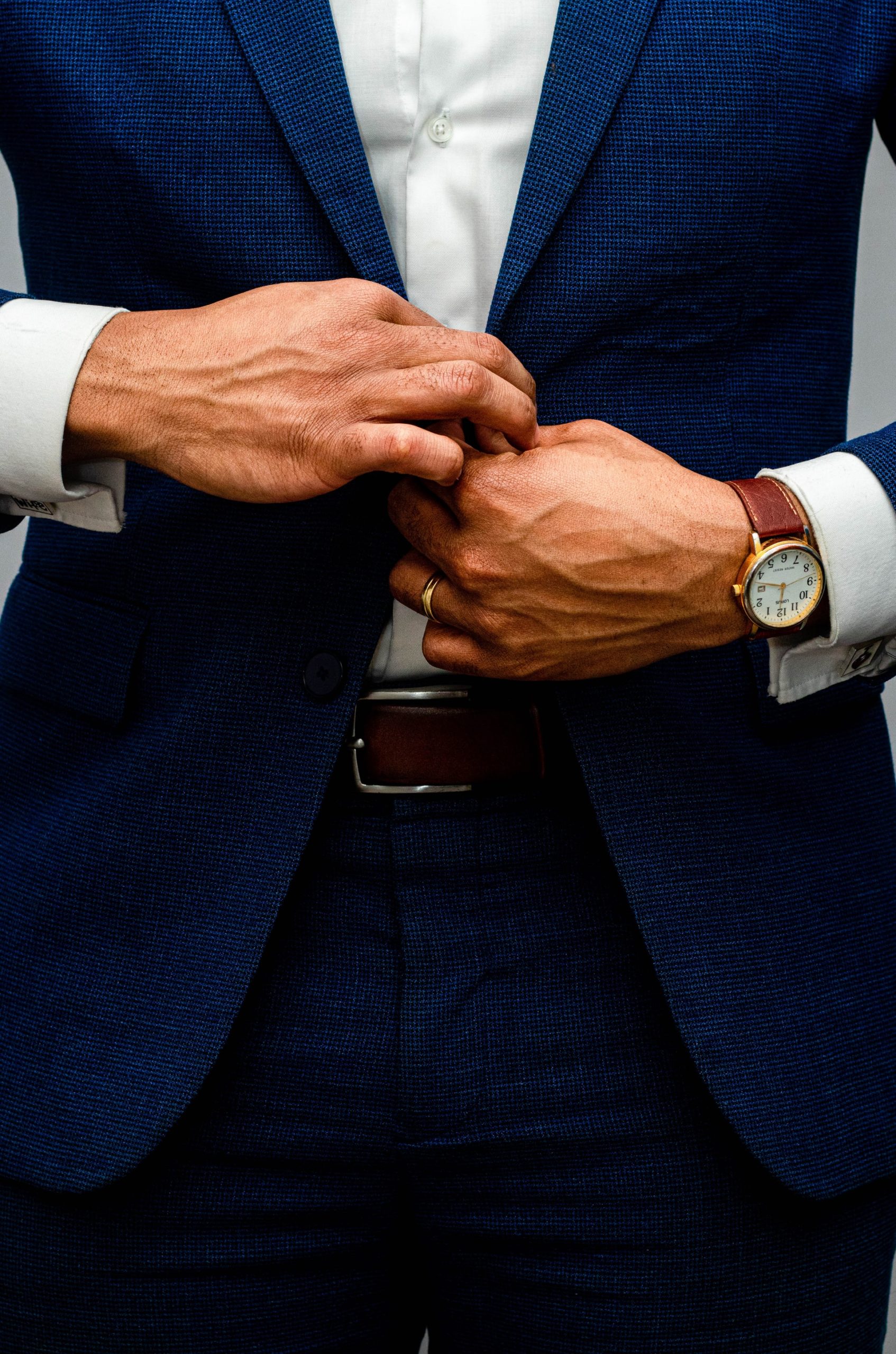
Mindful Leadership in Times of Stress

Mindfulness is an age-old practice that permeates every aspect of life. In fact, modern technology has become a helpful tool for people to be more ‘zen.’ While many think of mindfulness as a solitary person meditating on a hill with a gentle breeze flowing over them, few understand what it actually is.
“Mindfulness is simply ‘mirror mind,’ or the opposite of mindlessness,” said expert George Mumford during a recent C-Suite Network Digital Discussion. He adds, “Mindfulness is a process that allows us to see things clearly.”
“(mindfulness is) Being present is being in this moment right now with no pre-conceived notions of what you think’s going to happen versus letting what happens, happen, and then you can think about it afterward. It’s a subtle thing, but it’s huge.”
George definitely knows. As The Mindfulness Performance Whisperer, he has helped NBA teams win championships – like the Chicago Bulls and the LA Lakers, and business leaders gain an edge.
We all need to practice being more present. How many times have you sat in on a meeting, or zoom call, and not paid any attention to what anyone is saying? You’re checking e-mail, glancing at social media, or thinking about lunch. Simply put, your mind was elsewhere.
George says it’s time for that to change. His specialty is to “talk about the things that matter and get to the heart of the matter.”
While he is known for helping top athletes, his techniques can help anyone “be authentically yourself and being able to authentically perform in the immediacy of the experience regardless of the amount of tension, pressure, and stress.” That same tension and stress affects our perception process, or how our minds and bodies work together to understand what’s happening around us in a matter of seconds.
George used sound as an example — imagine you hear a siren, and it interrupts your conversation. What does the sound of a siren mean to you? Does it make you mad? Frightened? Annoyed?
“We can create space to just hear the sound, let it speak to us, and let it go by,” George said. “We can’t keep it in our mind. Now we’re cluttered, and we can’t be present for the conversation. It’s really more about how do we create the space between stimulus and response. How do we see things in fresh ways where we’re not relating to them based on what we know but allowing it to speak to us in its own language and in the immediacy of the experience. It takes this ability to being vulnerable or be open to seeing things in fresh, new ways.”
George’s path to becoming a mindfulness expert stems from a career-ending basketball injury. He was a walk-on at the University of Massachusetts, alongside Hall of Famer, Julius “Dr. J” Erving, when he was injured his sophomore year. George found himself with chronic pain, mainly back issues and migraines, or as he put it, “my ass was on fire.” George said dealing with the pain for years made him dependent on pain killers.
“I was at a point where I was going to do whatever I needed to do to change my quality of life and change my whole way of being,” George said.
He got lucky and the HMO he had at the time enrolled him in a stress management study. Along with traditional western medical techniques, George learned about meditation and how the mind and body connect in hopes of relieving stress. It wasn’t the first time George had heard about mindfulness. In fact, he was introduced to the idea in college but wasn’t interested. As he got older, that changed.
“Some people are just not ready. I wasn’t ready in college for these teachings that I actually received at some point. There has to be a sense of urgency or a sense where they realize that the status quo just won’t make it. If you stay with the status quo, you got to go,” George said.
Now that he was ready to learn more about mindfulness, George dived into the subject. As a self-proclaimed “recovering perfectionist,” George read every book possible on the subject and still reads about it today. Thirty-six years later, he still reads a book a week about the mind and body connection and consumes other content on the subject. He also started sharing his knowledge almost immediately.
“I started teaching it because in my mind, the best way to learn something is to teach it and the best way to keep something is to give it away, connecting with your reciprocity,” George said.
“I have to understand how my mind, body, and soul are interacting in a way where I’m able to see and understand the situation. How am I going to relate to this situation? How can I create space between stimulus and response so I’m really reflecting on what I’m doing, what the consequences may be, so I’m not finding myself in the place where I didn’t want to be.”
While he was teaching it to others, sharing his successes, George had one question lingering in his mind.
“I wanted to know how,” George said. “Why is it I got clean and found the motivation to do something people can’t do? What is that about? How do we motivate ourselves? How do we communicate in a way that’s more authentic and we’re able to align what we say with what we do? This ability to be present. This ability to learn from our mistakes was huge for pure performance, being able to perform in a way where you’re not driven by greed or by fear.”
“You’re just doing the thing because that’s the most important in the moment. Just being really present and doing what you can do in the moment without worrying about the results. That’s very challenging for us to do at any level, to not worry about ‘how am I doing?’ instead of focusing on what you’re doing in the moment.”
Listen to the full episode of All Business with Jeffrey Hayzlett, where George gives us the how and talks about his time with Dr. J.
Finally, what about the people who don’t believe in mindfulness? George has a message for you.
“It’s one thing to be cynical, and it’s another thing to be resistant,” George said. “I don’t ask you to believe in what I say. I ask you to see if it’s true, in your own experience. Just check it out. Suspend disbelief and see what’s happening.”
- Break Free From Founder Dependence: Strategies for Business Success? - June 14, 2023
- The Gentle Leader’s Playbook: Mastering Employee Performance Without Being a Jerk - June 14, 2023
- Leading Through Future Uncertainty - June 7, 2023






